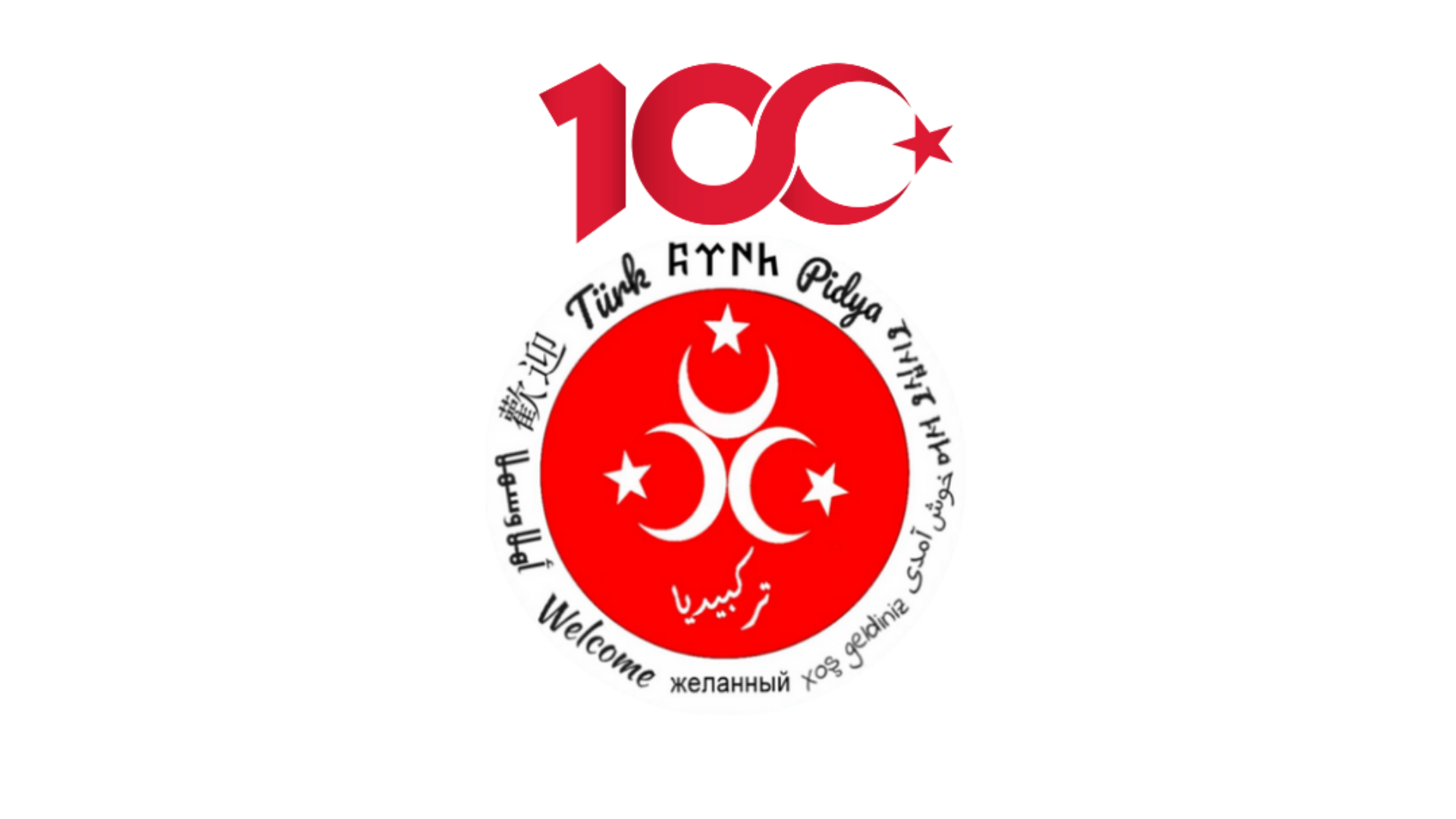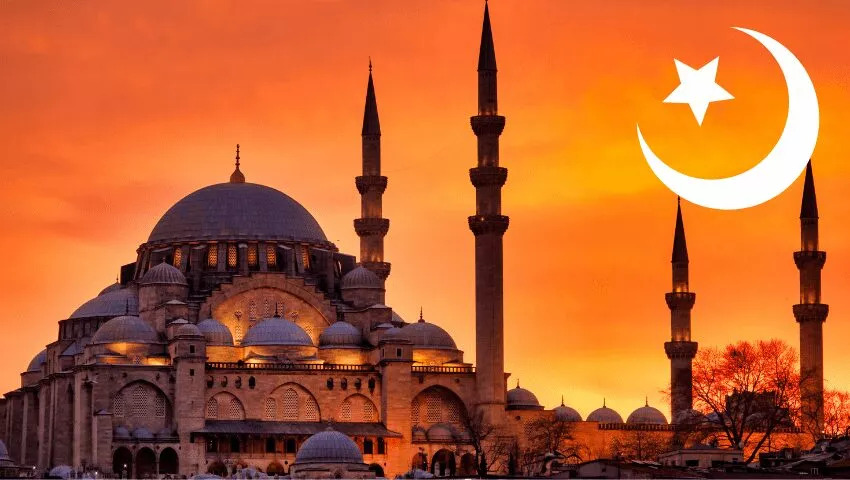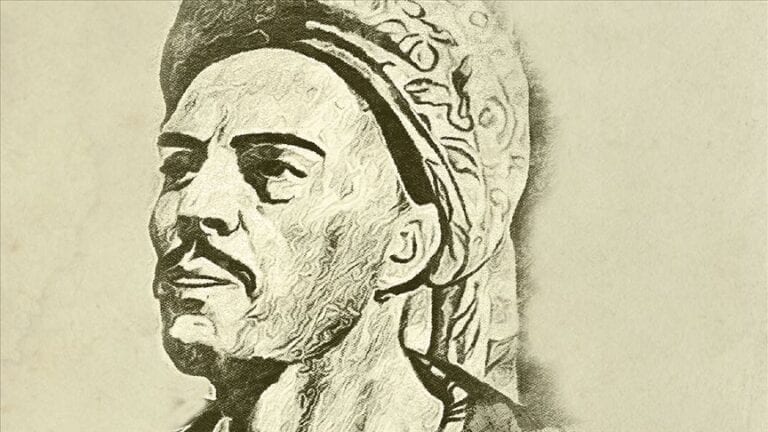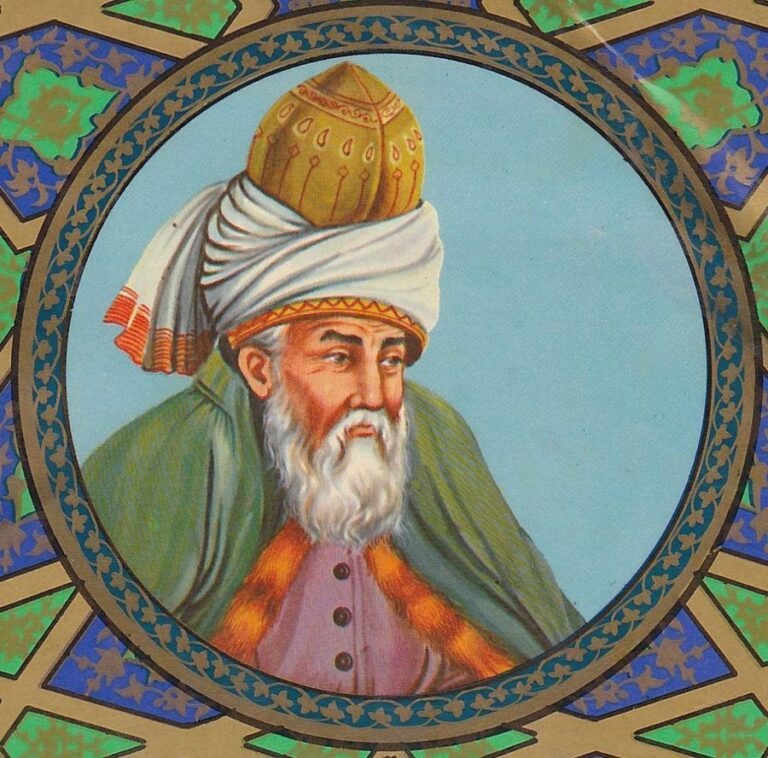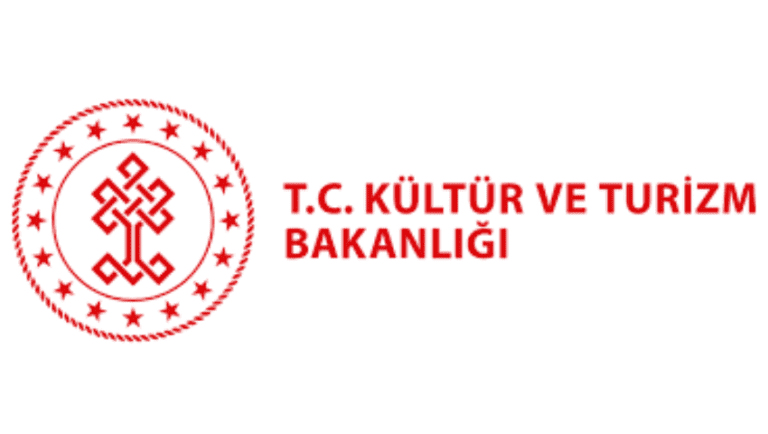Table of Contents
Ever wonder why Central Asia is almost entirely Islamic today? It wasn’t a coincidence. The story of how the Turks embraced Islam isn’t just a dry list of datesit is the narrative of a massive cultural and geopolitical shift that redrew the world map.
From the shamanistic heritage of the Steppe to the minarets of Baghdad, we analyze the journey of a warrior culture that didn’t just adopt one of the world’s major religions but defended it for centuries as the “Sword of Islam.”

Why This Shift Changed History
Islam in Turkish culture is not a modern import. Its roots go deep into the 10th century. In 932 AD, Satuk Buğra Han declared Islam the official state religion of the Karahanid Empire. This was the decisive turning point: for the first time, Islam was not just practiced by individuals but became the state policy of a Turkish empire.
But the story starts earlier. Long before the Ottoman rule in Jerusalem reshaped the Middle East, the trade routes of the Silk Road brought Arabs and Turks together. It was an exchange of goods, ideas, andinevitablybeliefs.
The First Encounter: More Than Just Neighbors
Muslims and Turks knew each other long before mass conversion took place. Turkish mercenaries were highly prized in the armies of the Abbasids for their horsemanship and discipline. This military symbiosis created the initial foundation of trust. They didn’t just live next to each other; they fought and traded together.
The Turning Point: The Battle of Talas (751 AD)
If we had to name a single day that sealed the fate of Central Asia, it was the day of the Battle of Talas in 751. Here, armies didn’t just face offworldviews collided.
The Turkish Karluk tribes allied with the Abbasid Caliphate against the Chinese Tang Dynasty. The victory of this Muslim Turkish alliance permanently stopped Chinese expansion to the West. This opened the gates for Islam in Central Asia and secured the Silk Road for Muslim traders. Without Talas, Turkey’s history today would look completely different.
Pioneers of Faith: Satuk Buğra Han and Nizak Tarhan

While Satuk Buğra Han (reigned approx. 920-955) is considered the first ruler to make Islam the state religion (officially 932 AD), there were prominent converts even earlier. Historical sources point to Nizak Tarhan, a Turkish prince from Badghis, who accepted Islam as early as the early 8th century (approx. 704-709). These individual decisions paved the way for the mass conversion of the Karluk, Chigil, and Yagma tribes.
The Expansion of the Seljuk Empire
With the Seljuks, Islam became mobile. Under the leadership of Tuğrul Bey (died 1063), the Oghuz Turks conquered Persia and marched into Baghdad in 1055, placing the Abbasid Caliphate under their protection.
This expansion reached its peak under Sultan Melikşah (died 1092). By this point, the empire stretched from Yemen in the south to the Hindu Kush mountains in Afghanistan in the east. This vast landmass allowed for a cultural synthesis that later formed the foundation for the art, architecture, and the famous Anatolian rug designs we recognize today.
What Did Turks Believe Before Islam?
To understand why the Turks accepted Islam, we must understand what they gave upor rather, what they transformed.
Tengriism: The Belief in the Blue Sky
Tengriism was the core of Turkish identity. Gök Tanrı (Tengri) was the creator of the universe. He granted rulers “Kut” (the divine mandate to rule). Interestingly, there were already strong parallels to Islam here: it was a belief in a single, omnipotent Creator.
Key concepts of Tengriism:
- Afterlife: The good went to “Uçmağ” (Paradise), the bad to “Tamu” (Hell).
- Kurgans and Balbal: The dead were buried in burial mounds (Kurgans). Stone statues (Balbal) were erected around these graves, symbolizing defeated enemies who would serve the deceased in the afterlife.
- Nature Spirits (Yer Su): Mountains, rivers, and forests were considered spirited. The term “Iduk” specifically designated holy places like the Ötüken Forest.
The Bridge Between Two Worlds: Comparing Islam and Tengriism
Many historians argue that the Turks accepted Islam so readily because it didn’t contradict their existing faith, but rather complemented it. The similarities were striking, making the transition feel like an evolution rather than a rejection of their past.
Animism and Totemism: The Heritage of Nature
Alongside Tengriism, older layers of belief existed that survived even after Islamization in the folk beliefs (superstitions) of the Turks:
- Ancestor Cult: The spirits of ancestors protected the family. This resembles the later Islamic practice of visiting saints’ tombs (Türbe).
- Totemism: The Wolf (Bozkurt) was considered a sacred animal and the ancestor of the Turks. The eagle also played a central role. These symbols remained as military insignias, even under Muslim flags.
Conclusion: A New Identity
The conversion of the Turks to Islam was not a break with the past, but an evolution. By embracing Islam, they secured not only their place in the civilized world of the Middle Ages but rose to become its leaders. From the Seljuks to the Ottomans, this synthesis of Turkish warrior spirit and Islamic civilization became a driving force of history. You can see the spiritual legacy of this transformation in the works of mystics like Yunus Emre, whose poetry perfectly blends the soul of the Steppe with Islamic philosophy.
